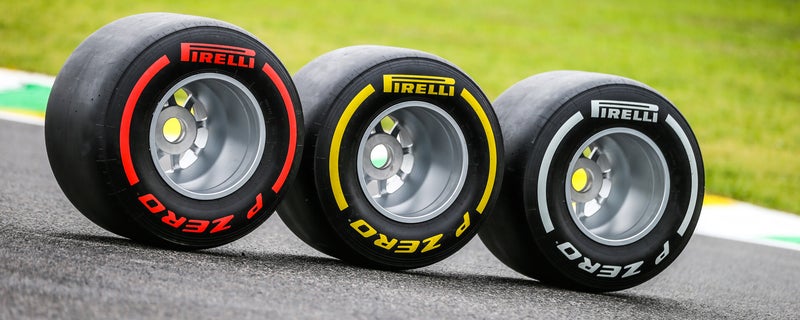
Last year I got the chance to ask the CEO of Pirelli a few questions. The company had just announced that they would continue supplying F1 with tires for a few more years. I asked the CEO how he viewed the challenges ahead of them with the new technical regulations, and he was confident that they could face all of those challenges head on.
The thing is, I’m not even sure they can handle the current challenges Pirelli is faced with.
Pirelli's strategies are way off
Every raceweekend, Pirelli provides the teams with five compounds of tires. The hard, medium and softs (selected from their range of six options) for regular conditions, and then there’s the intermediates and the wets for rainy conditions. Aside from just providing the tires, Pirelli also presents the teams with a whole lot of useful data. Chief among them is the pitstop strategy, and that’s where things seem to be going wrong.
Let’s look at the most recent race, the Australian Grand Prix. Pirelli suggested that if you’d start on the medium tire, you should go for your first pitstop between lap 14 and 20. Sounds like a decent enough strategy, but the teams didn’t agree in the slightest. By lap 14, everyone on the mediums had already made their pitstop, some of them as early as lap 6 already. In fact, Carlos Sainz and Pierre Gasly were the only drivers on the mediums that actually made their pitstop in the pit window. It wasn’t much better for the drivers on the hards, who according to Pirelli should be able to hold out until lap 19. All of them had already changed out by lap 17.
It’s not just that the tires don’t last as long as Pirelli expects them to. The other problem is that the tires often also need longer to get up to temperature properly. Remember the Australian Grand Prix of last year? Granted, those were extraordinary circumstances. But still, there have been plenty of other moments where the tires needed a lot more time than expected to get into their performance window.
'The wet weather tires are junk'
We haven’t even touched yet on Pirelli’s biggest problem: the wet tires. The teams hate these things. When it’s raining, there really only are two options: either the teams use the intermediate tires (which are really only suitable for mixed conditions where part of the track is still dry) or the FIA stops the race to wait for the weather to change. Teams and drivers just flat out refuse to use the wet weather tire because of how bad it is. We haven’t seen rainy conditions yet in 2024, but in the past few years it has been abundantly clear that these tires just can’t cope.
Back in 2022, Sebastian Vettel and Max Verstappen called the wet weather tires “complete junk”, and Vettel even went as far as to blame Pirelli and its tires for the dangerous situation in Japan. At the 2023 Belgian Grand Prix, the drivers were forced to start the sprintrace on the wet weather tires. However, at the first opportunity, they immediately switched to intermediate tires.
Let’s be clear: I have no problem with Pirelli being the tire supplier. The tires haven’t had any absurd issues in a while (the last unexpected puncture was Azerbaijan 2021) and in terms of performance, the tires seem to be doing well enough. But there are some pretty systemic issues that Pirelli needs to fix in the coming years. If we’re indeed keeping them on as tire supplier of F1, let’s at least make sure they perform on the same level as we expect from the F1 teams.